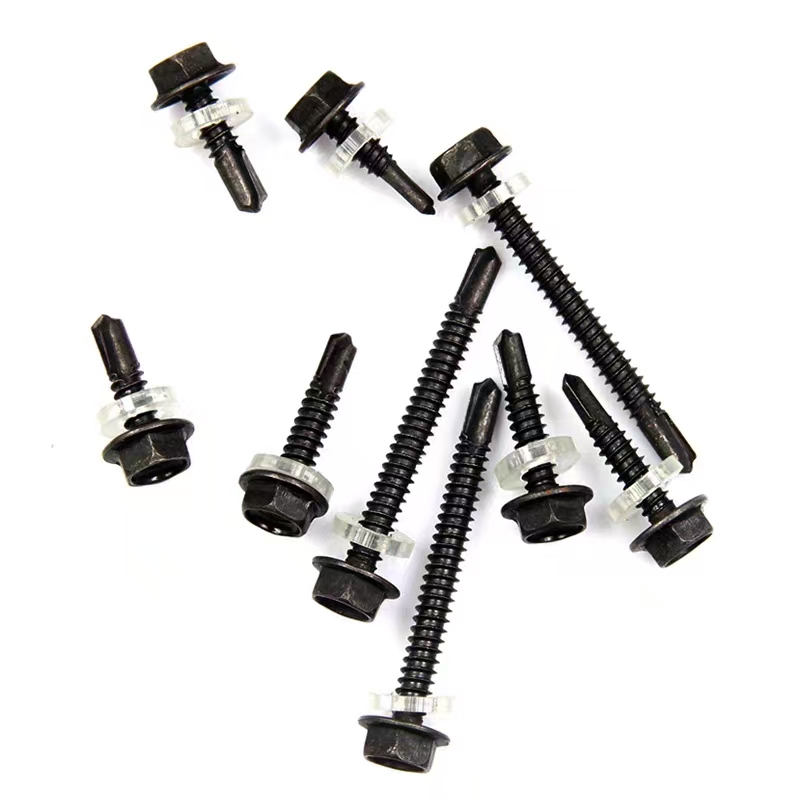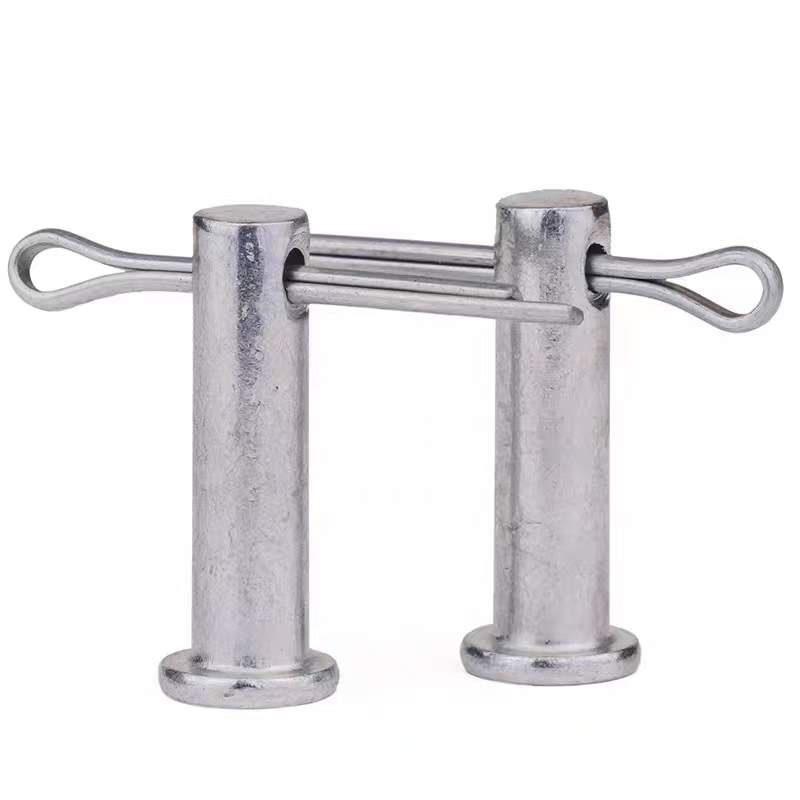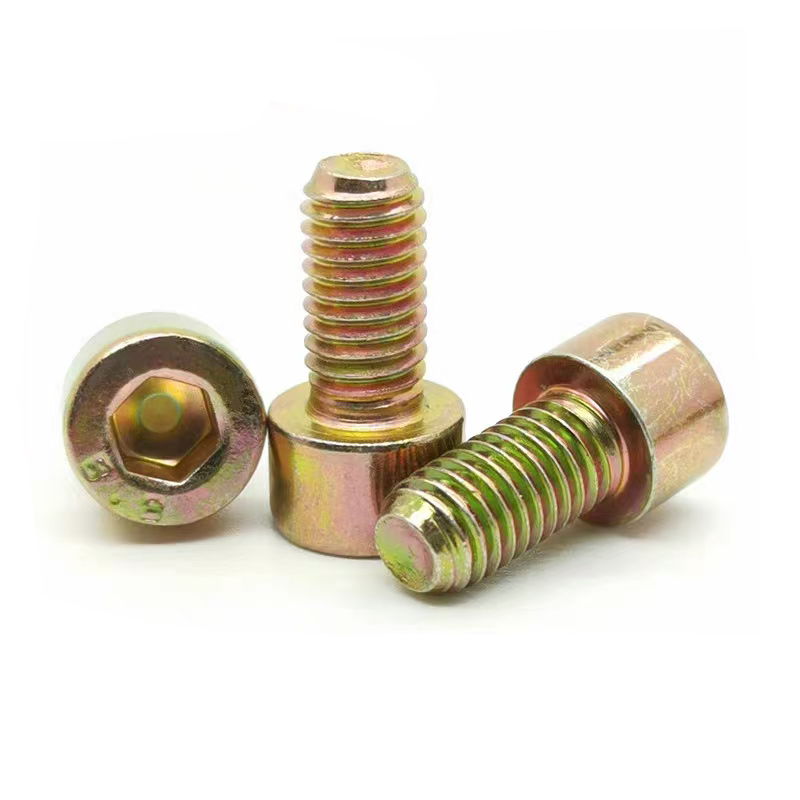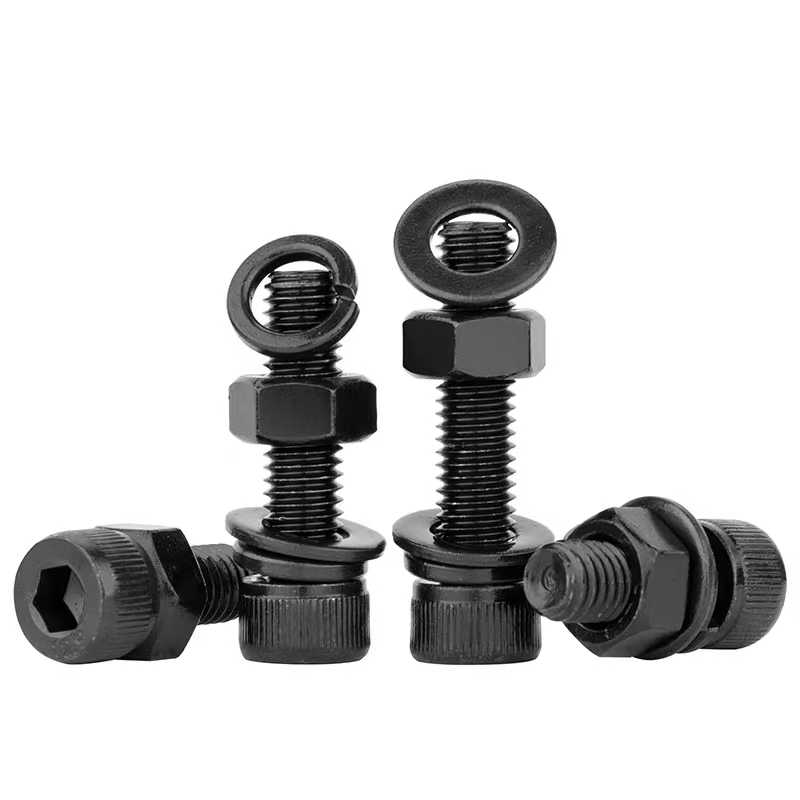- Chinese
- French
- German
- Portuguese
- Spanish
- Russian
- Japanese
- Korean
- Arabic
- Irish
- Greek
- Turkish
- Italian
- Danish
- Romanian
- Indonesian
- Czech
- Afrikaans
- Swedish
- Polish
- Basque
- Catalan
- Esperanto
- Hindi
- Lao
- Albanian
- Amharic
- Armenian
- Azerbaijani
- Belarusian
- Bengali
- Bosnian
- Bulgarian
- Cebuano
- Chichewa
- Corsican
- Croatian
- Dutch
- Estonian
- Filipino
- Finnish
- Frisian
- Galician
- Georgian
- Gujarati
- Haitian
- Hausa
- Hawaiian
- Hebrew
- Hmong
- Hungarian
- Icelandic
- Igbo
- Javanese
- Kannada
- Kazakh
- Khmer
- Kurdish
- Kyrgyz
- Latin
- Latvian
- Lithuanian
- Luxembou..
- Macedonian
- Malagasy
- Malay
- Malayalam
- Maltese
- Maori
- Marathi
- Mongolian
- Burmese
- Nepali
- Norwegian
- Pashto
- Persian
- Punjabi
- Serbian
- Sesotho
- Sinhala
- Slovak
- Slovenian
- Somali
- Samoan
- Scots Gaelic
- Shona
- Sindhi
- Sundanese
- Swahili
- Tajik
- Tamil
- Telugu
- Thai
- Ukrainian
- Urdu
- Uzbek
- Vietnamese
- Welsh
- Xhosa
- Yiddish
- Yoruba
- Zulu
- Kinyarwanda
- Tatar
- Oriya
- Turkmen
- Uyghur

China Butterfly bolts
Understanding China Butterfly Bolts: Insights from the Field
Butterfly bolts, or wing screws as they are sometimes called, are a staple in the world of fasteners, especially those coming from China. Yet, there's much more to these small but crucial components than meets the eye. Dive into the real-world experiences and insights on why these are indispensable for certain applications.
Defining the Role of Butterfly Bolts
The term butterfly bolts might evoke simplicity, yet their application is anything but. These fasteners allow for tool-free adjustments and securement, primarily used where frequent disassembly is required. They're particularly valued in industries where precision and ease are paramount, like in machinery setups or exhibition stands.
Over the years, I've noticed that many first-time users underestimate the grip strength these bolts can offer. The design inspired by butterfly wings is not just for show; it enhances the torque potential, making manual operation far more effective. Unlike standard bolts, the broad wings offer exceptional leverage, crucial in tight spots where a wrench can't be wielded.
However, not all butterfly bolts are made equal. Those sourced from China, particularly from well-established manufacturers like Handan Zitai Fastener Manufacturing Co., Ltd. tend to offer a balance of affordability and reliability. Their strategic location in Yongnian District, a hub for standard part production, ensures both quality and efficient logistics.
Key Considerations When Choosing Butterfly Bolts
The process of selecting the right butterfly bolts isn't always straightforward. Material choice is critical—stainless steel is preferred when corrosion resistance is crucial, whereas zinc-plated might suffice for indoor applications. Each variant serves a different niche, demanding a keen eye during purchase.
From my firsthand experience, always check the thread compatibility with the mating components. It's a common oversight, resulting in either a loose fit or thread damage, which can be costly in both time and resources. This is where partnering with knowledgeable manufacturers like Handan Zitai can avert many potential pitfalls.
Moreover, the tactile feedback and finish can vary widely between manufacturers. The bolts from Handan Zitai, for example, are often preferred for their smooth operation and consistent quality, which many have come to expect from a leading player in the industry.
Installation Insights: Beyond the Basics
Installing butterfly bolts might seem intuitive at first glance, but there's nuance to getting it right. The main advantage is the ability to hand-tighten, but ensuring even pressure distribution is key. Uneven forces can lead to misalignment or even structural failure over time.
A tip that's served me well is to begin by aligning the parts as accurately as possible before introducing the bolt. Once in, use alternating pressure on the wings to progressively tighten. This not only ensures a more uniform connection but also prolongs the lifespan of the bolt.
There's also the aspect of regular maintenance. It’s often an overlooked factor but regularly re-torquing butterfly bolts can prevent unforeseen loosening, especially in high-vibration environments. A small dab of thread locker in high-stress situations can also work wonders.
Comparative Advantages of Chinese Manufacturers
Chinese manufacturers, like Handan Zitai, bring significant competitive advantages to the table. Thanks to their proximity to major transportation hubs like the Beijing-Guangzhou Railway and the Beijing-Shenzhen Expressway, they ensure fast and reliable shipments. This logistical strength complements their production capabilities.
The pricing strategy of Chinese entities often allows them to undercut competitors while maintaining quality. It's an approach that has made them favored partners even in regions traditionally wary of outsourced manufacturing. The key here is their adaptability to bespoke orders, which I've seen firsthand with several custom projects.
Still, as with any supplier, due diligence is paramount. Site visits, audits, and understanding their quality control measures can offer peace of mind. With Handan Zitai, their longstanding reputation in the field stands testament to their commitment to excellence and reliability.
Common Challenges and Their Solutions
Challenges in using butterfly bolts aren't unheard of—misalignment, thread stripping, or environmental degradation can all pose hurdles. But these can be effectively managed with proactive strategies. Correct sizing, material matching, and protective coatings all play a part in mitigating these issues.
Another frequent issue is the misunderstanding of the weight-loading capabilities. Users often overlook manufacturer's guides, assuming a one-size-fits-all approach. Experience has taught me to always consult with the supplier when in doubt—a quick call can avert potential structural failures.
For instance, Handan Zitai provides comprehensive consultation services that can guide users through the selection and application process, ensuring that the products not only meet, but exceed expectations. It's these supportive measures that often differentiate a good experience from a great one.
Ultimately, butterfly bolts from China continue to be pivotal in many industries, driven by practical design and robust manufacturing. Utilizing them effectively requires more than just technical knowledge—it's an art of balancing material science with real-world application insights.
Visit Handan Zitai Fastener Manufacturing Co., Ltd. at their website for a deeper dive into their offerings and expertise.
Related products
Related products
Best selling products
Best selling products-
 Basket bolts
Basket bolts -
 Colored zinc-plated cross countersunk drill thread
Colored zinc-plated cross countersunk drill thread -
 Colored zinc-plated expansion hook
Colored zinc-plated expansion hook -
 Welding nut (welding nut)
Welding nut (welding nut) -
 Electroplated galvanized flange nut (flange face nut)
Electroplated galvanized flange nut (flange face nut) -
 Welding nails
Welding nails -
 Colored zinc plated countersunk cross bolts
Colored zinc plated countersunk cross bolts -
 Black zinc-plated hexagonal drill tail wire
Black zinc-plated hexagonal drill tail wire -
 Black zinc flange bolts
Black zinc flange bolts -
 Electrogalvanized pins
Electrogalvanized pins -
 Butterfly bolts
Butterfly bolts -
 U-bolts
U-bolts













